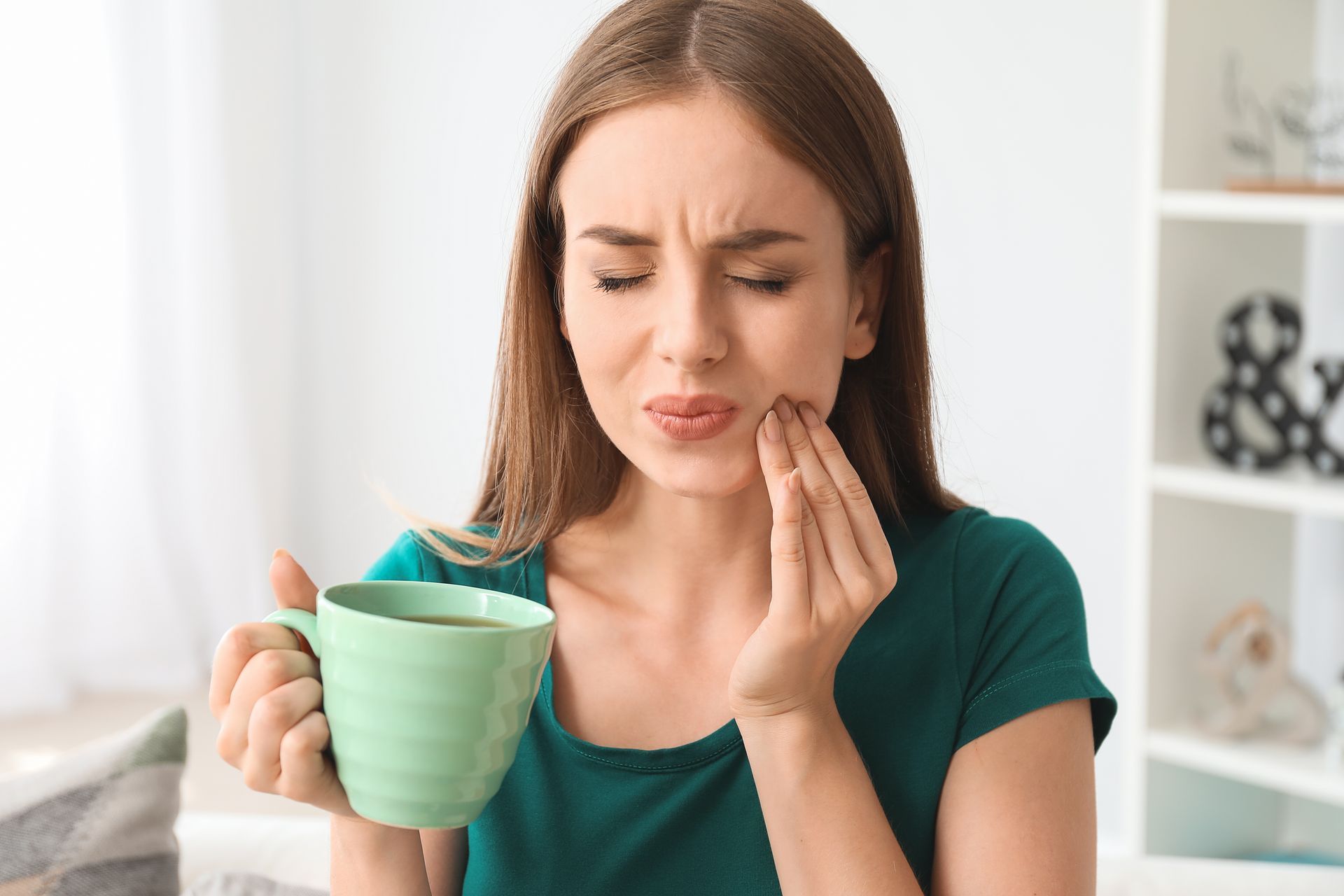Signs You Might Need a Dental Check-Up Soon
Keeping an eye on your oral health is important for maintaining a healthy smile. Sometimes, we dismiss little signs that our mouths give us, thinking they're not a big deal. However, these can be early indicators that you need a dental check-up sooner rather than later. It’s best to address these signs early to prevent them from developing into more serious problems.
Tooth pain, bleeding gums, and sudden changes in your mouth's appearance are all signals that shouldn’t be ignored. These symptoms can clue you into underlying issues that might require attention from a dental professional. Identifying these signs and acting on them promptly helps ensure that your oral health stays on the right track.
While some changes might seem minor, understanding what your body is telling you safeguards your teeth and gums. By staying informed on what to look for, you can take proactive steps to address any concerns early. Knowing when to seek a dental check-up can make a big difference in your oral well-being.
Persistent Tooth Pain
Tooth pain can vary in intensity and duration, serving as a crucial signal that something's not right. Different types of pain can point to specific dental problems. For instance, sharp, shooting pain when biting down might hint at a cavity or cracked tooth. A throbbing or constant ache could indicate an infection or abscess. Sensitivity to hot or cold foods might suggest enamel erosion or gum recession.
Here are a few common types of tooth pain and what they might mean:
- Sharp Sensitivity: May point to worn tooth enamel or a cavity.
- Throbbing Pain: Often linked to an infection needing immediate attention.
- Intermittent Sharp Pain: Can suggest a cracked tooth.
Ignoring tooth pain could lead to more serious issues. What starts as a small cavity or minor problem can quickly develop into a larger, more painful situation that requires complex treatment. Addressing tooth pain early allows for easier and potentially less invasive treatment options.
Seek a dentist’s evaluation when experiencing tooth pain that doesn't go away or keeps coming back. Early detection and care can prevent small problems from becoming bigger, more expensive ones.
Bleeding or Sore Gums
Gum health is a significant part of overall oral hygiene. Bleeding or sore gums can be an early warning sign of gingivitis, which, if left untreated, can develop into periodontitis, a more severe form of gum disease. You might notice redness, tenderness, swelling, or bleeding when brushing or flossing. These are all signs that your gums need attention.
Key signs of gum issues include:
- Bleeding When Brushing/Flossing: A common early symptom of gum disease.
- Red, Swollen Gums: Indicative of inflammation or infection.
- Persistent Soreness: May signal an aggressive infection or misalignment issues.
Ignoring gum problems can lead to serious complications, including tooth loss. Gum disease can erode the supporting structures of your teeth, causing them to become loose and even fall out. It’s not just your mouth that suffers; advanced gum disease has been linked to heart disease and diabetes.
Regular dental check-ups help catch gum issues early. If you notice any bleeding or persistent soreness, it's critical to visit your dentist. Professional cleaning and appropriate treatment can reverse early gum disease and maintain healthy gums. Reliable dental care is vital in preventing and managing gum health issues effectively.
Changes in Mouth Appearance
Changes in the appearance of your mouth can signal underlying dental issues that need attention. When you notice sudden discoloration, swelling, or other visible changes, it might be time to see your dentist. These changes could indicate various problems like infection, decay, or injury that require professional assessment.
Let's explore some common changes:
- Discoloration: Teeth turning yellow, brown, or even gray might suggest enamel erosion or staining from foods and beverages.
- Swelling: Puffy cheeks or gums could result from infections or abscesses.
- Sores or Patches: Unexplained sores, patches, or bumps can indicate infections or even precancerous conditions.
Ignoring these changes isn't wise as they can escalate into more severe issues, affecting both appearance and health. Early detection helps address problems before they worsen, making treatment easier and more effective. Regular self-checks and dental visits keep you informed about the state of your oral health, allowing timely intervention when necessary.
Bad Breath That Doesn't Go Away
Persistent bad breath can be more than just a social nuisance; it might signal deeper dental health concerns. Chronic bad breath, or halitosis, often has hidden causes that should be investigated if it lingers despite good oral hygiene.
Possible causes include:
- Gum Disease: Infections create bacteria that produce unpleasant odors.
- Tooth Decay: Decaying teeth can contribute to foul odor.
- Dry Mouth: Lack of saliva limits the removal of food particles and bacteria.
Consult a dentist if bad breath isn't resolved with brushing, flossing, or mouthwash. It might reflect an issue that needs professional care. Dentists can identify the root cause and provide appropriate treatment, whether it’s deep cleaning or addressing specific cavities.
Conclusion
Feeling confident about your dental health starts with knowing when to seek help. Recognizing warning signs like persistent tooth pain, gum issues, changes in appearance, and chronic bad breath is essential. Addressing these symptoms sooner rather than later ensures that minor issues don't become major ones.
Regular dental visits play a crucial role in maintaining oral health. Professional evaluations catch problems early and keep your smile healthy. Trust in expert care to stay proactive about your dental well-being. Taking timely action means fewer complications down the line.
If you've noticed any signs mentioned in this article, it's time to take action. Contact Aria Dental of Annapolis to schedule your next check-up. Our experienced
dentist in Annapolis is ready to help ensure your dental health remains in top condition. Contact us today for a thorough assessment and peace of mind.



Share This Post

